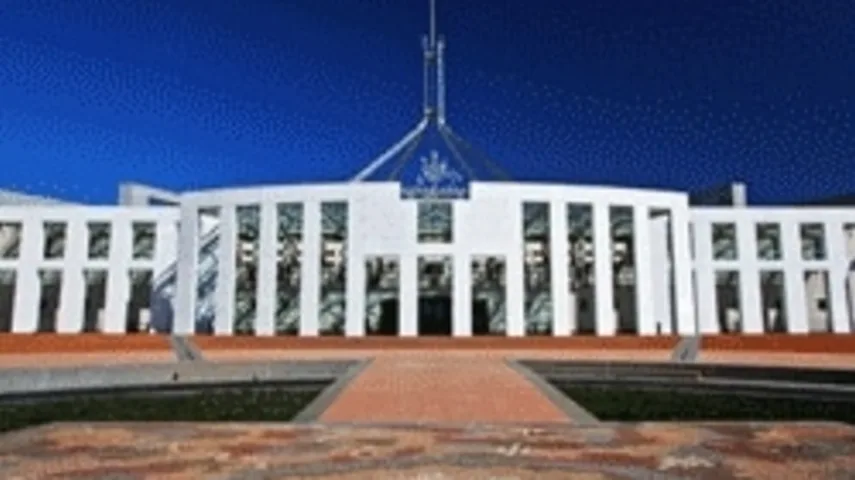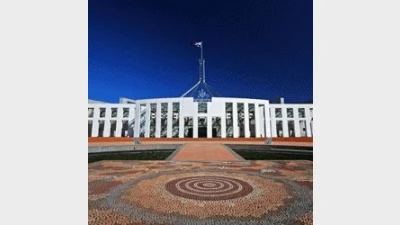Adjusting to concessional superannuation contribution changes



David Shirlow takes a look at the Government’s concessional superannuation contribution changes and what they mean for clients.
Last May, the Federal Government announced that from 1 July 2012 it will allow individuals aged 50 and over with total super balances below $500,000 to make up to $50,000 in concessional contributions (CCs) a year.
Treasury recently released a paper canvassing issues for implementing this measure. Resolving the issues involves juggling difficult tensions between budgetary savings, fairness and administrative complexity.
The $500,000 threshold is essentially a means test on the CC cap, which limits the Government’s budgetary cost of providing tax concessions.
It takes no account of individual lifetime contribution patterns and the nature of past contributions (ie, whether they were concessional or not), and it won’t be indexed so its real value will be eroded over time.
It involves a lot of tinkering, will add to the cost of super administration and is at odds with other recent Government efforts to avoid this.
Benefit withdrawals
In addressing the issue of withdrawals generally, Treasury has put forward three possible options.
Option 1: Allow people who have withdrawn benefits to be eligible for the higher cap, but count withdrawn benefits towards the threshold.
Under this approach, withdrawals would be indexed in line with average weekly ordinary time earnings (notwithstanding that the $500,000 itself will not be indexed).
Funds would need to report all benefits (except financial hardship ones and rollovers, including spouse contribution and family law splits) to the Australian Taxation Office (ATO) annually and maintain lifetime cumulative indexed drawdowns.
As for the date from which withdrawals would count, a date earlier than 1 July 2012 may cause problems for large funds because it is unlikely they could report useful historical benefit payment data before then.
This option is attracting widespread industry opposition on the basis that it is akin to a smaller reasonable benefit limits (RBL) system, combining much of the administrative downside of RBLs without much of the equity upside.
Option 2: Allow people who have withdrawn benefits to be eligible for the higher cap but don’t count withdrawn benefits towards the threshold.
The policy weakness with this approach in its pure form is that it would leave scope to exploit it with a recontribution strategy for those aged 55 and over. On the other hand, it is administratively simpler and perhaps this advantage outweighs the budgetary (Government revenue cost) and fairness issues it raises.
Option 3: Disqualify people who have withdrawn benefits from the higher cap.
This option is simpler than option 1, but it would become necessary to identify and report any relevant withdrawal. As with option 1, if it were adopted there will be a question about the date from which withdrawals will be counted. From a communications, administrative and planning perspective a later date (such as 1 July, 2012) may be desirable – notwithstanding that it would enable clients to withdraw in the meantime and potentially qualify.
Clients who had commenced pensions before the test date would need to discontinue receipt of pension payments before that date to qualify for the higher cap, unless the Government accepted that ongoing payments from pension scommenced before the test date should not disqualify them from the higher cap. This would seem to defeat the policy purpose of transition to retirement pensions.
Treasury noted that option 3 would potentially unfairly prevent a person who had never had an account balance of $500,000 or more but had withdrawn a benefit from qualifying for the higher cap.
Who makes the assessment?
Treasury has canvassed the following options.
- Self-assessment – A key risk would be that clients would get this wrong under any of the options, effectively aggravating the excess contributions saga; and
- The ATO could provide an online super balance prior to the start of the relevant year, which each client could rely on. Clearly there would be a ‘race against time’ to get this service up and running.
When is the assessment made?
Treasury has canvassed the following options.
- 30 June immediately preceding the contribution year – The problem with this is that the ATO wouldn’t receive information in time to provide the on-line solution referred to above; and
- 30 June one year earlier than that (eg, 30 June 2011 for the 2012-2013 contribution year) – While this would be more likely to work in the long term it’s hard to imagine it would be ready in time and it raises some fairness issues.
How is the assessment calculated?
The value of all super interests would be added together, including all accumulation and defined benefit interests, interests in untaxed and constitutionally protected schemes, and an SMSF member's share of any fund reserves.
The value would be based on either:
- The withdrawal benefit used for the purposes of member contributions statement reporting to the ATO, except for non-account-based pensions, for which family law methodology would be used (if pensioners qualify given earlier options); or
- Family law methodology for all relevant accounts.
For self-managed superannuation fund (SMSF) clients, account values would need to be based on net market value otherwise they would be disqualified from a higher cap. This obviously raises valuation cost issues for assets such as real property.
SMSF reserves can serve a range of different purposes and those purposes can vary considerably from fund to fund depending on the terms of the fund’s governing rules. Any kind of simple apportionment of reserves between members (eg, on the basis of member account size) would disregard the contingent, non-vested nature of reserves. Obtaining any kind of legal or actuarial assessment for apportionment purposes would be costly and would not in any case guarantee a fair apportionment.
Conclusion
Treasury’s discussion paper highlights the extent to which the over 50s CC cap measure could add to the complexity of super.
Given the potential fallout from the administrative upheaval of this measure, from a political perspective the Government may be tempted to reconsider the broader policy alternatives, such as setting the cap at either $25,000 per annum or $50,000 per annum for all people aged 50 or more.
The former might be politically unpalatable, and the latter fiscally unpalatable.
However, fiscal matters are often a moveable feast and a universally higher cap ($50,000 indexed, or something similar) could be political winner. It would almost certainly enable a greater proportion of the workforce to accumulate adequate retirement savings.
David Shirlow is executive director at Macquarie Adviser Services.
Recommended for you
When entering paid employment, it’s not long before we are told that we’ll need to lodge a tax return but there are times when a person will be excepted.
Anna Mirzoyan examines how grandfathering affects income support payments and how factors such as paying for aged care can impact them.
There are specific requirements that only apply to trustees of self-managed superannuation funds, writes Tim Howard, including the allocation in their investment strategy.
Investments bonds offer a number of flexible, tax-advantaged benefits, writes Emma Sakellaris, but these are often overlooked as old fashioned when it comes to portfolio allocations.










